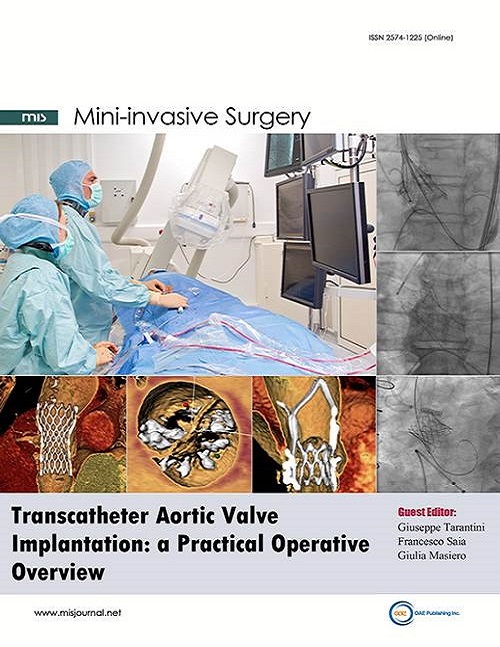
Topic: Transcatheter Aortic Valve Implantation: a Practical Operative Overview
Guest Editor(s)
Prof. Giuseppe Tarantini
Department of Cardiac, Thoracic, Vascular Science and Public Health, University of Padova, Padova, Italy.
Dr. Francesco Saia
Cardio-Thoracic-Vascular Department, University Hospital of Bologna, Policlinico S. Orsola-Malpighi, Bologna, Italy.
Special Issue Introduction
Transcatheter aortic valve replacement (TAVR) is a well-established treatment modality for severe, symptomatic aortic stenosis in patients of all risk categories and it is a less invasive alternative to traditional surgical replacement, with equivalent or superior outcomes. Moreover, TAVR with contemporary next generation devices has led to an impressive improvement in peri-procedural and mid-term safety driven by refined case selection, improved procedural techniques and increased site experience. While TAVR outcomes have improved, many challenges still exist, especially in patients with lower surgical risks, including the management of coexistent coronary artery disease or new conduction disorders or paravalvular regurgitation, the prevention of periprocedural stroke, and the issue of durability. The overall aim of this Special Issue is to discuss the current TAVR practice from a practical operative overview. The main topics to be discussed include but are not limited to:- Patient selection and risk stratification- How to select a transcatheter aortic valve- The management of coronary revascularization in the era of transcatheter valve treatment- Prevention and management of peri-procedural TAVR complications- Challenges in low-risk patients- Antithrombotic therapy in patients undergoing TAVR- Early discharge protocols - Tips on valve-in-valve transcatheter aortic valve replacement
Submission Deadline
31 Jul 2021
Submission Information
For Author Instructions, please refer to https://www.oaepublish.com/mis/author_instructions
For Online Submission, please login at https://oaemesas.com/login?JournalId=mis&SpecialIssueId=573
Submission Deadline: 31 Jul 2021
Contacts: Mary Ma, Assistant Editor, Mary@misjournal.net





